Come join us now, and enjoy playing your beloved music and browse through great scores of every level and styles!
Can’t find the songbook you’re looking for? Please, email us at: sheetmusiclibrarypdf@gmail.com We’d like to help you!
Table of Contents
Why is Pink Floyd so famous?
Pink Floyd: A Comprehensive Exploration of Their Biography, Music, Legacy, and Influence
Pink Floyd is one of the most influential and groundbreaking bands in the history of rock music. Known for their experimental soundscapes, philosophical lyrics, and immersive live performances, they redefined progressive and psychedelic rock. From their early days in London’s underground scene to their global dominance with albums like The Dark Side of the Moon and The Wall, Pink Floyd’s music transcends generations.

Best Sheet Music download from our Library.
This article delves into their biography, musical style, influences, legacy, key works, filmography, discography, and the musicians who shaped their sound.
Watch Pink Floyd (Echoes, Live at Pompei)
Biography: The Rise of Pink Floyd
Formation and Early Years (1965–1967)
Pink Floyd was formed in London in 1965 by Syd Barrett (guitar, vocals), Roger Waters (bass, vocals), Nick Mason (drums), and Richard Wright (keyboards, vocals). Initially named The Tea Set, they soon changed their name to Pink Floyd, combining the first names of two blues musicians, Pink Anderson and Floyd Council.
Under Barrett’s leadership, the band became a staple of London’s underground psychedelic scene, blending experimental music with light shows. Their debut single, “Arnold Layne” (1967), and follow-up “See Emily Play” gained attention, leading to their first album.

Syd Barrett’s Departure and Transition (1968–1970)
Barrett’s mental health deteriorated due to heavy LSD use, leading to his departure in 1968. Guitarist David Gilmour joined, marking a shift toward a more progressive and experimental sound. Albums like A Saucerful of Secrets (1968) and Ummagumma (1969) showcased their evolving style.
Breakthrough and Global Success (1971–1979)
With Meddle (1971), Pink Floyd refined their sound, introducing the epic “Echoes.” Their 1973 masterpiece, The Dark Side of the Moon, became one of the best-selling albums of all time, blending philosophical themes with innovative production.
Wish You Were Here (1975) paid tribute to Barrett, while Animals (1977) critiqued societal oppression. The Wall (1979), a rock opera about isolation and authoritarianism, solidified their legendary status.
Gallery of songbooks:

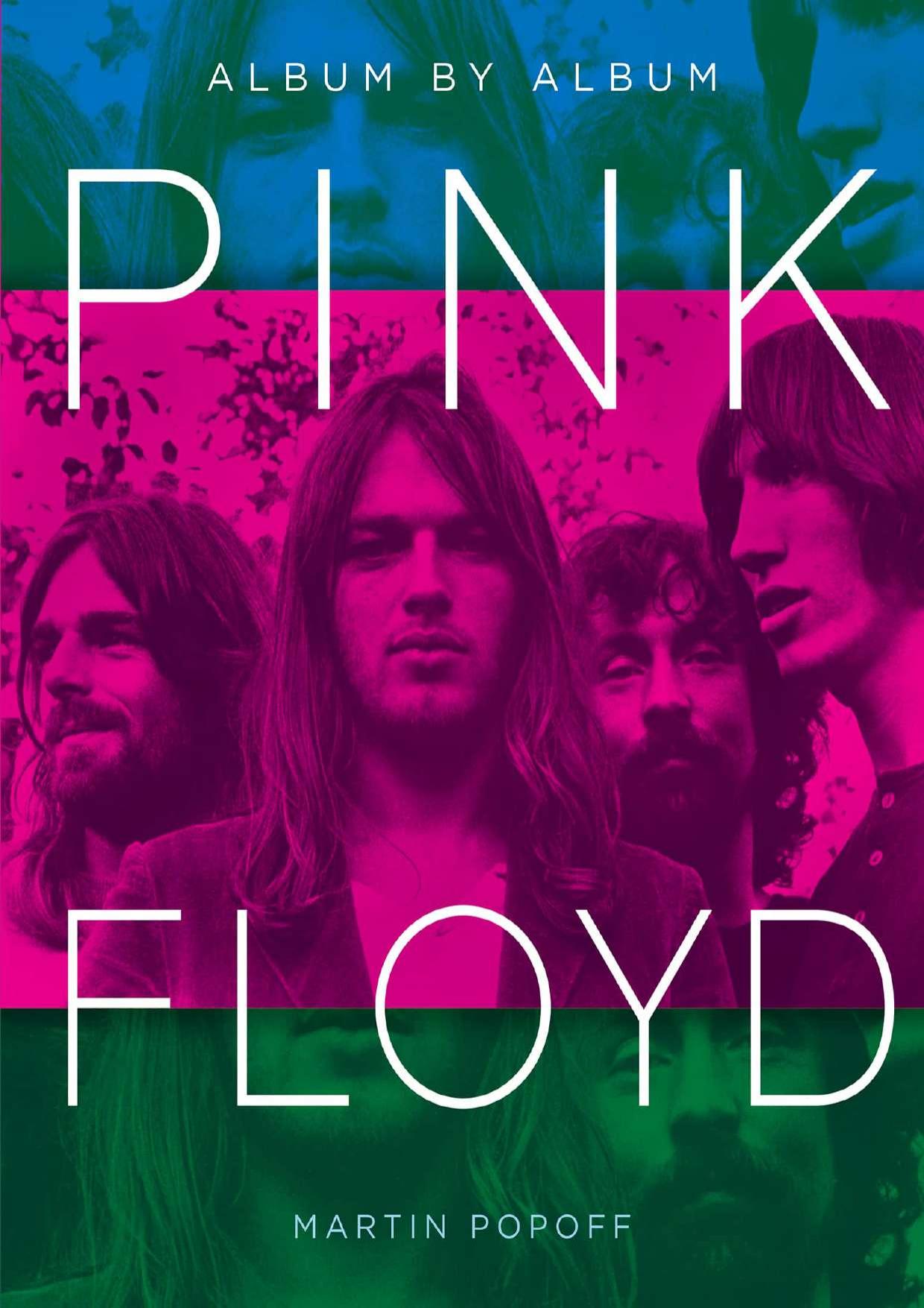
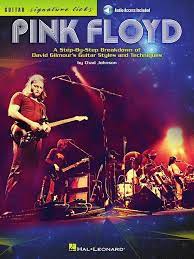
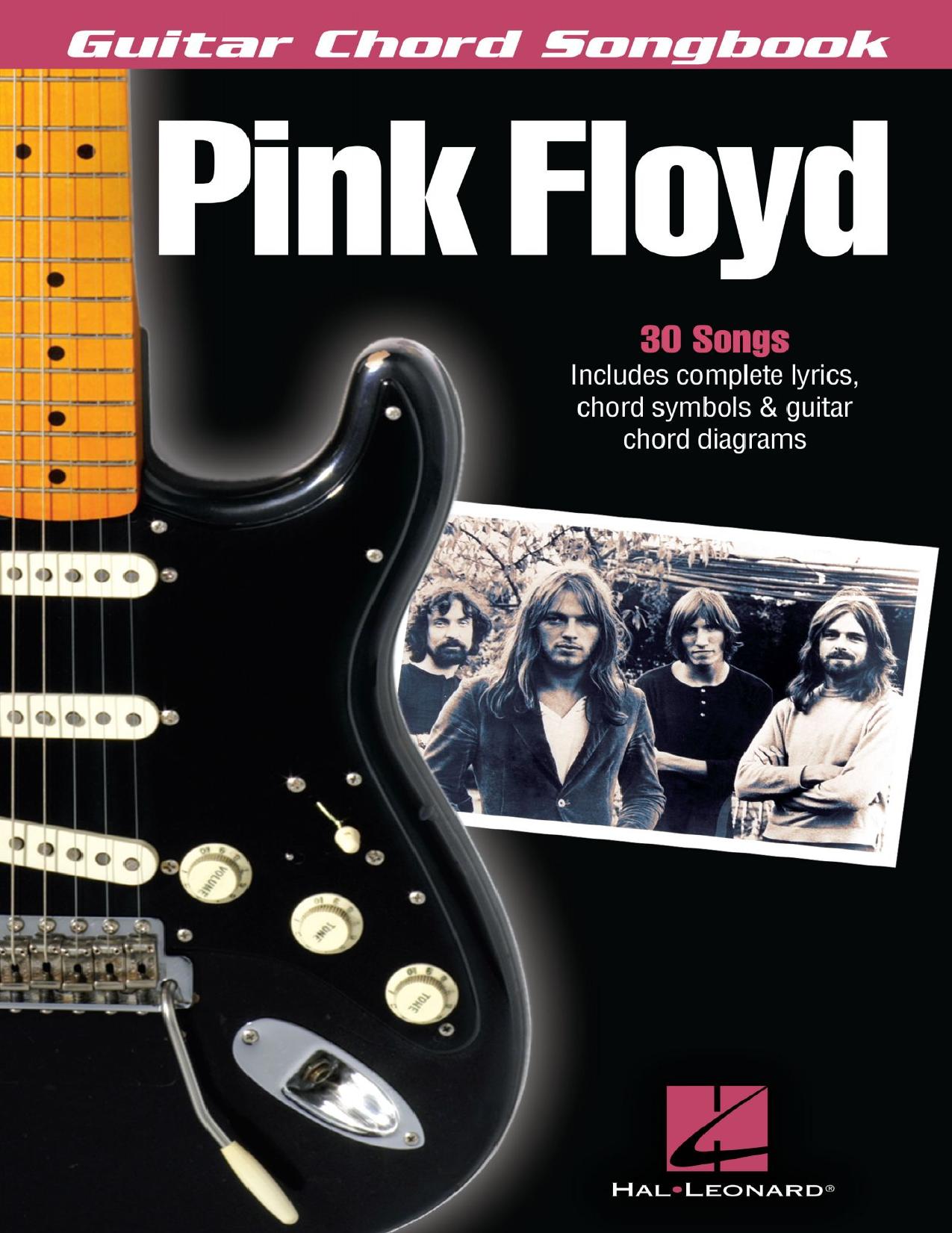

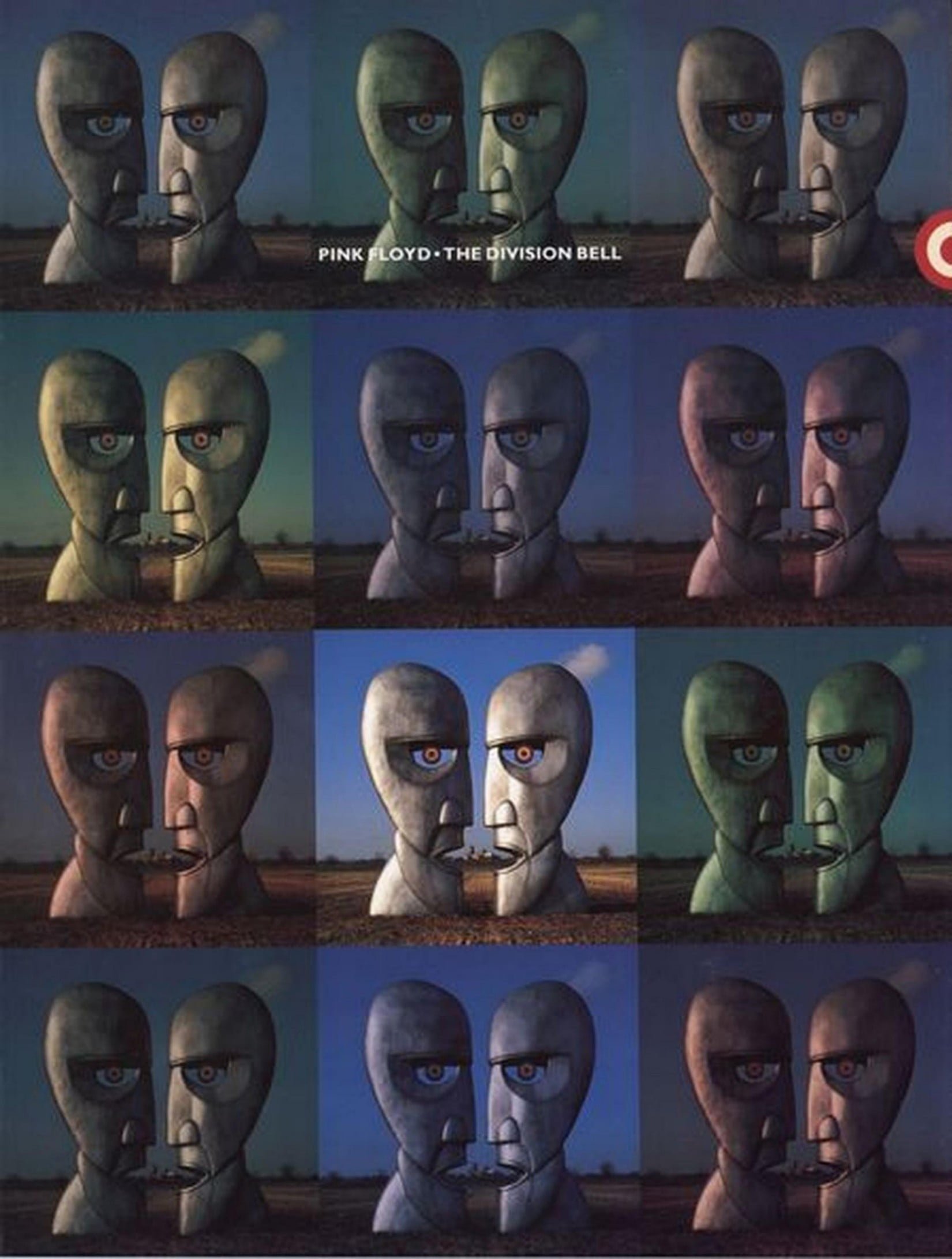


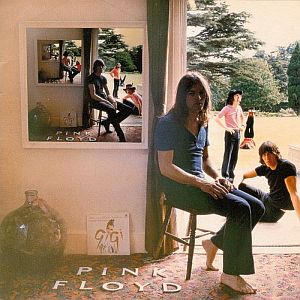
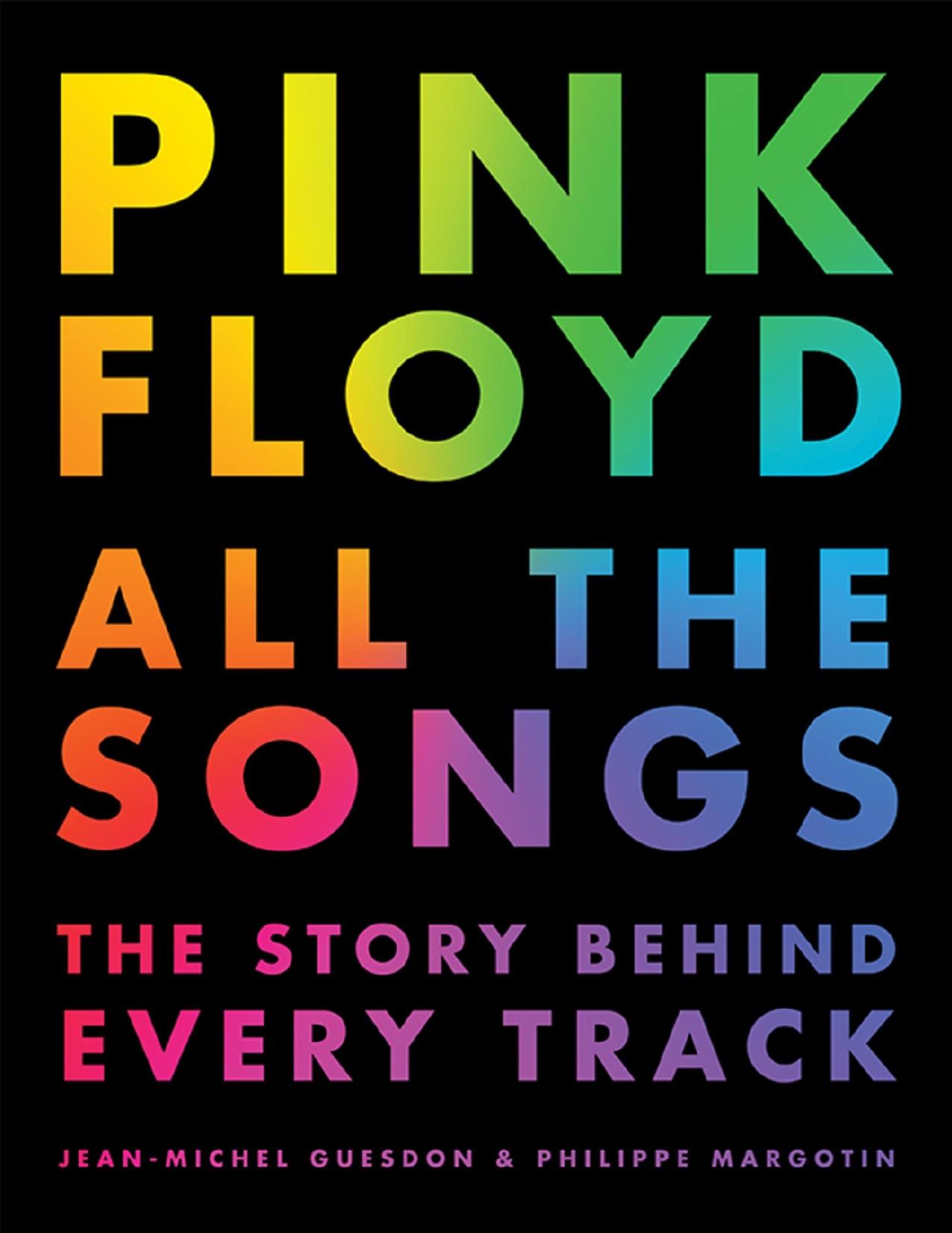
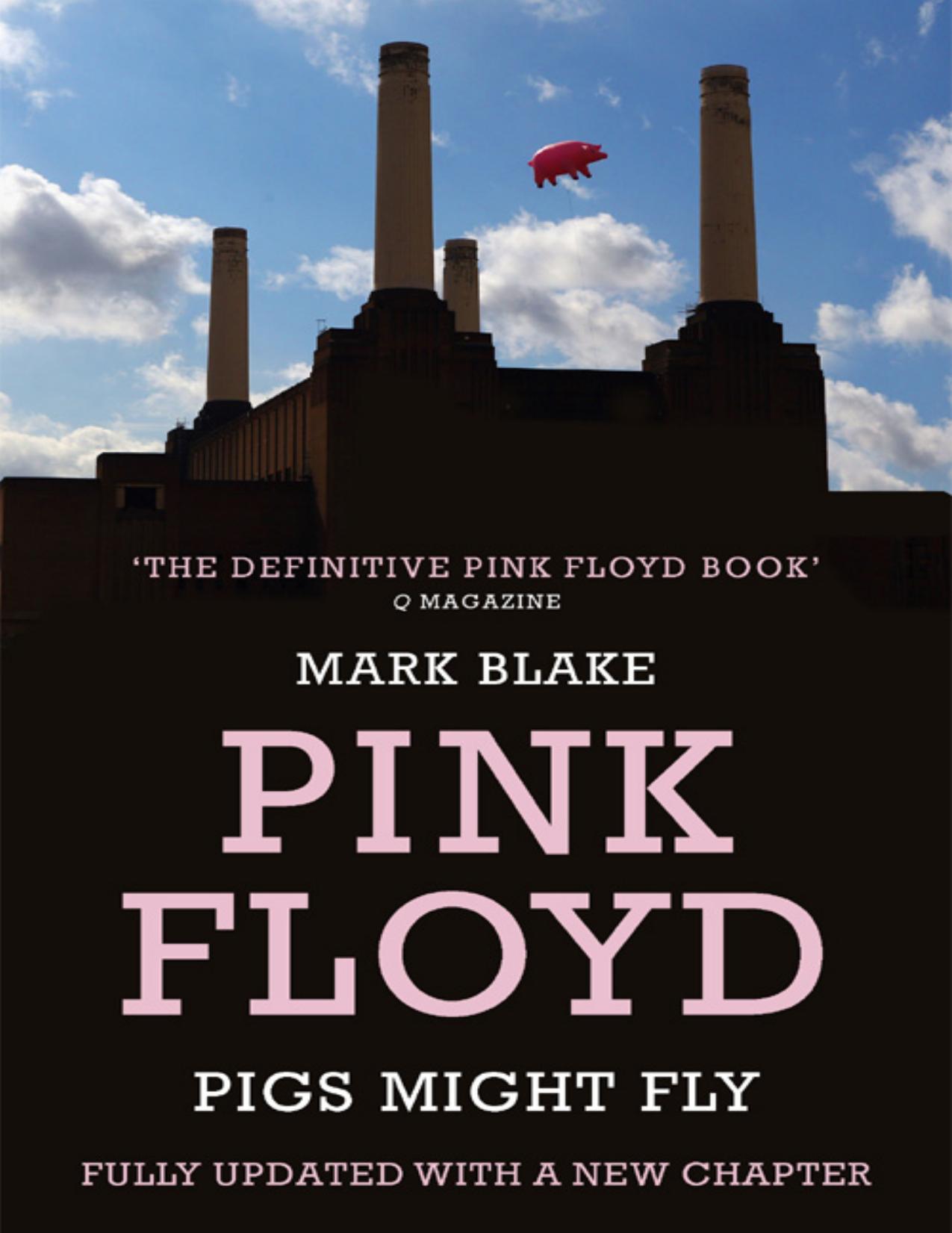

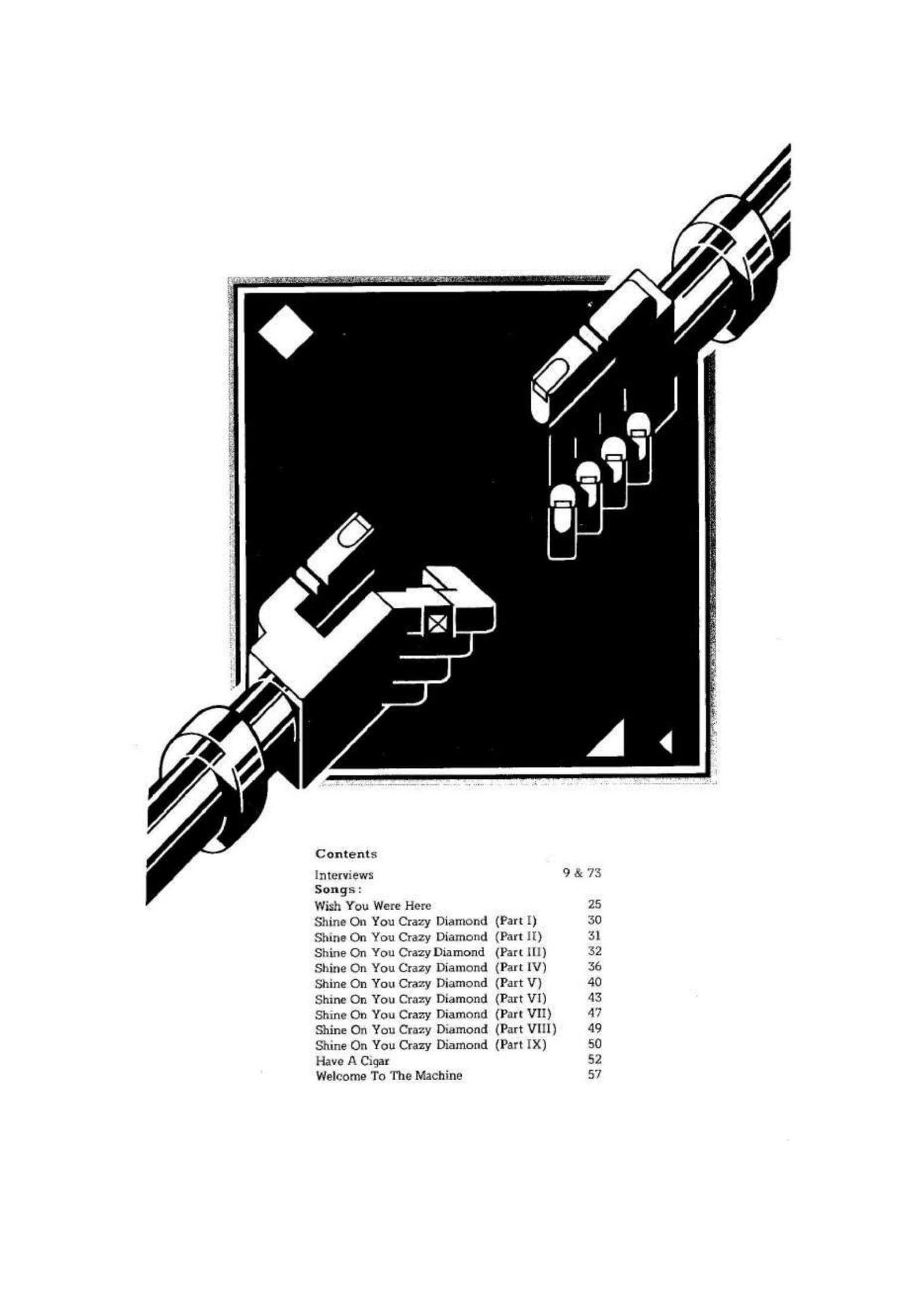



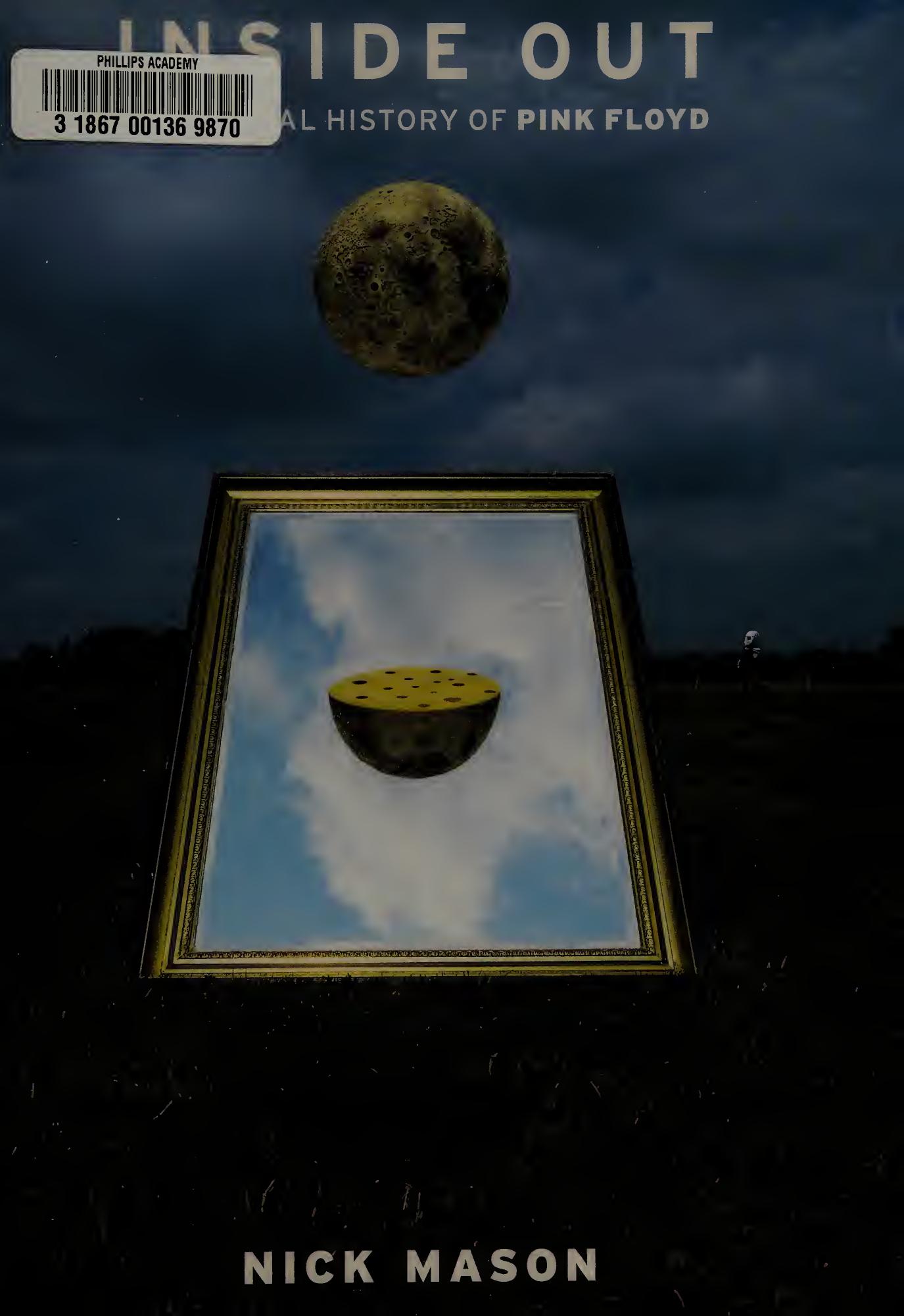
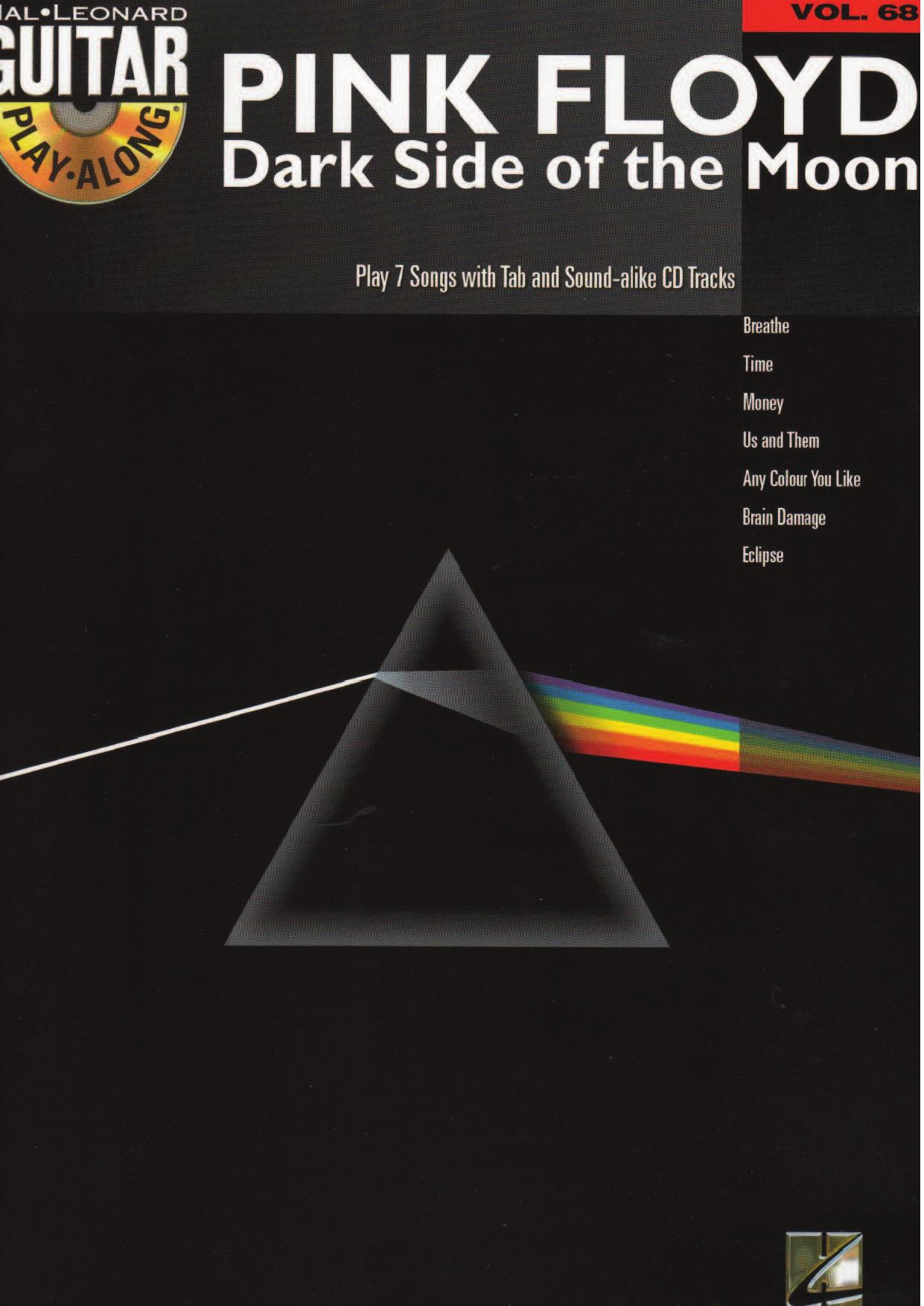

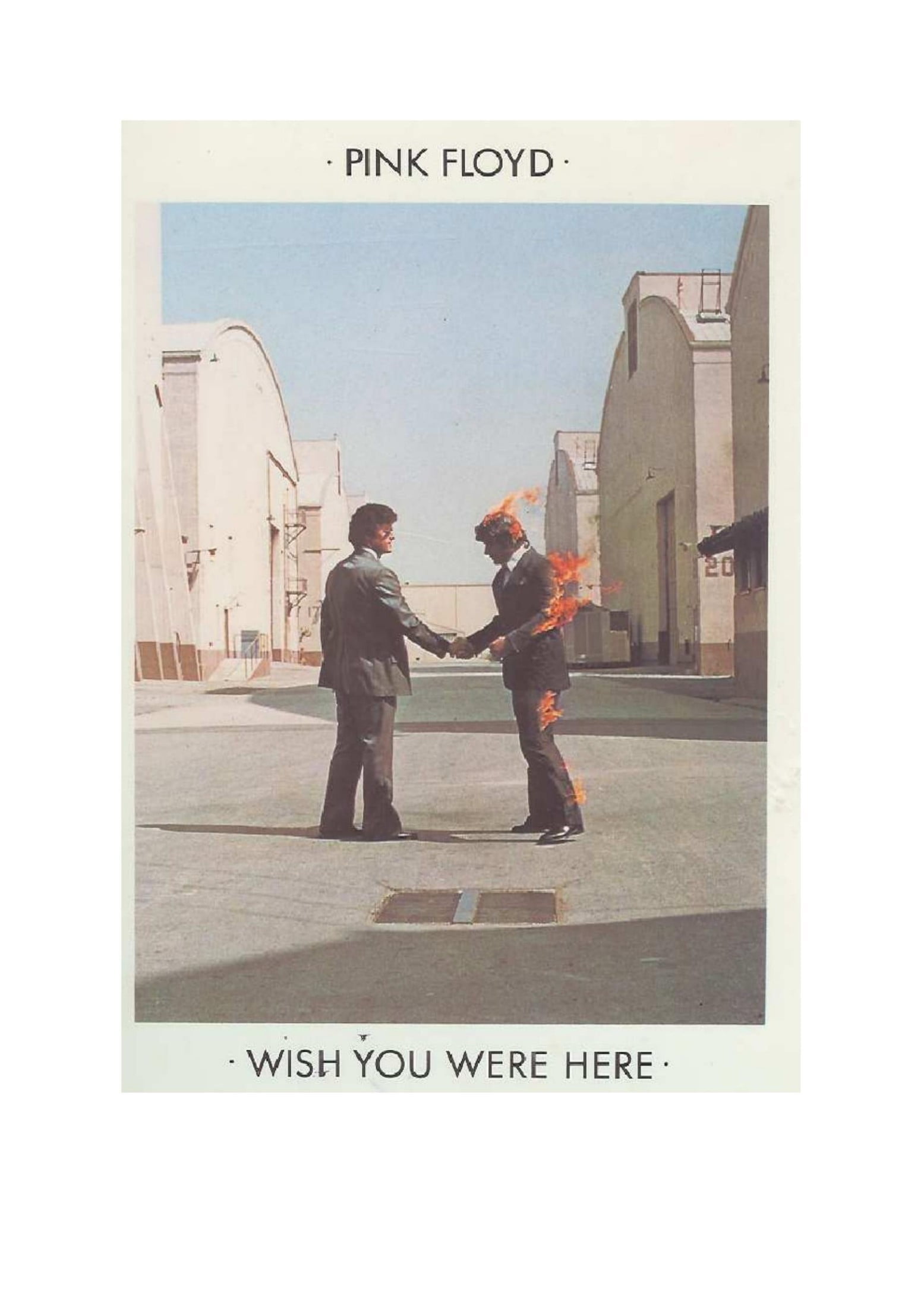

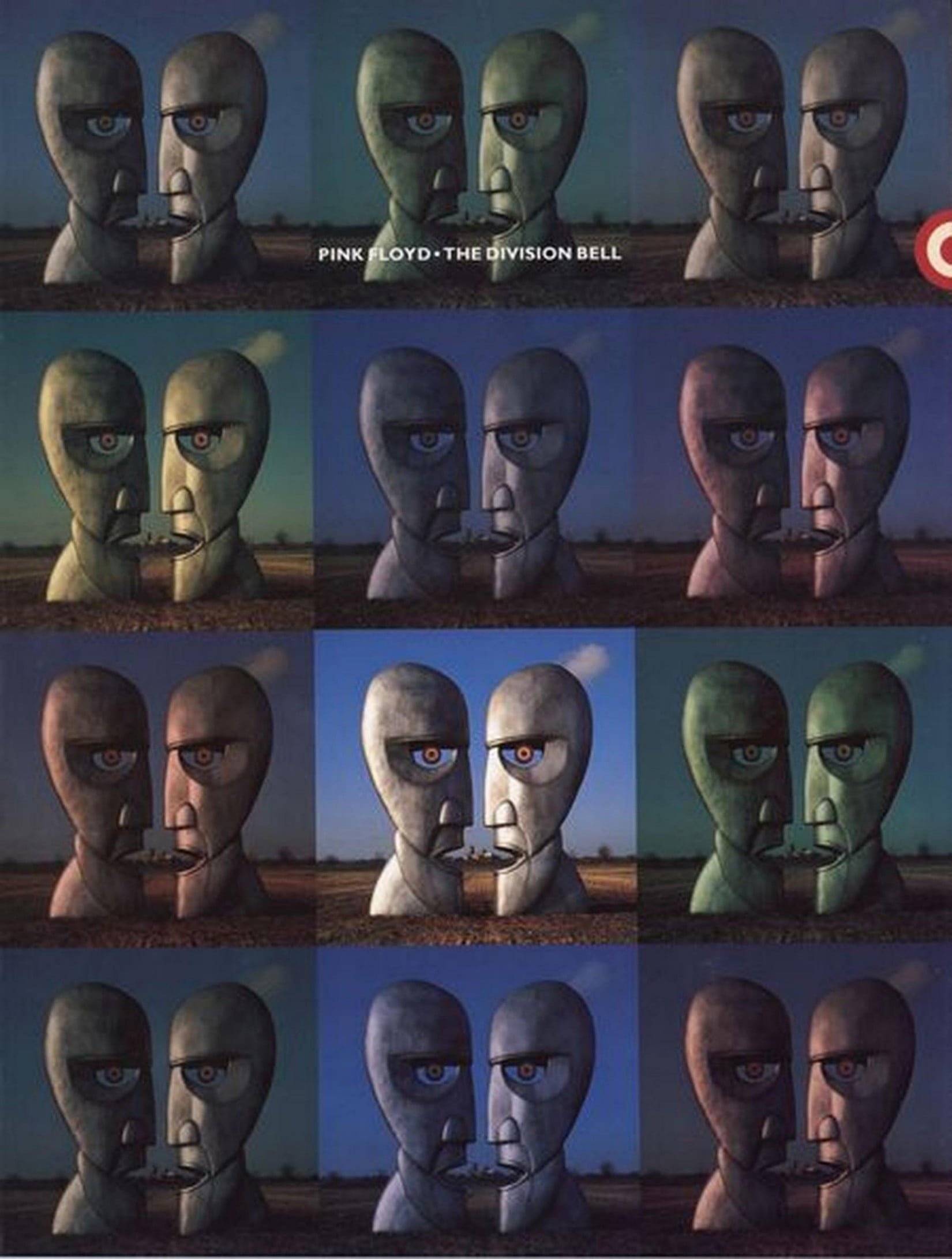
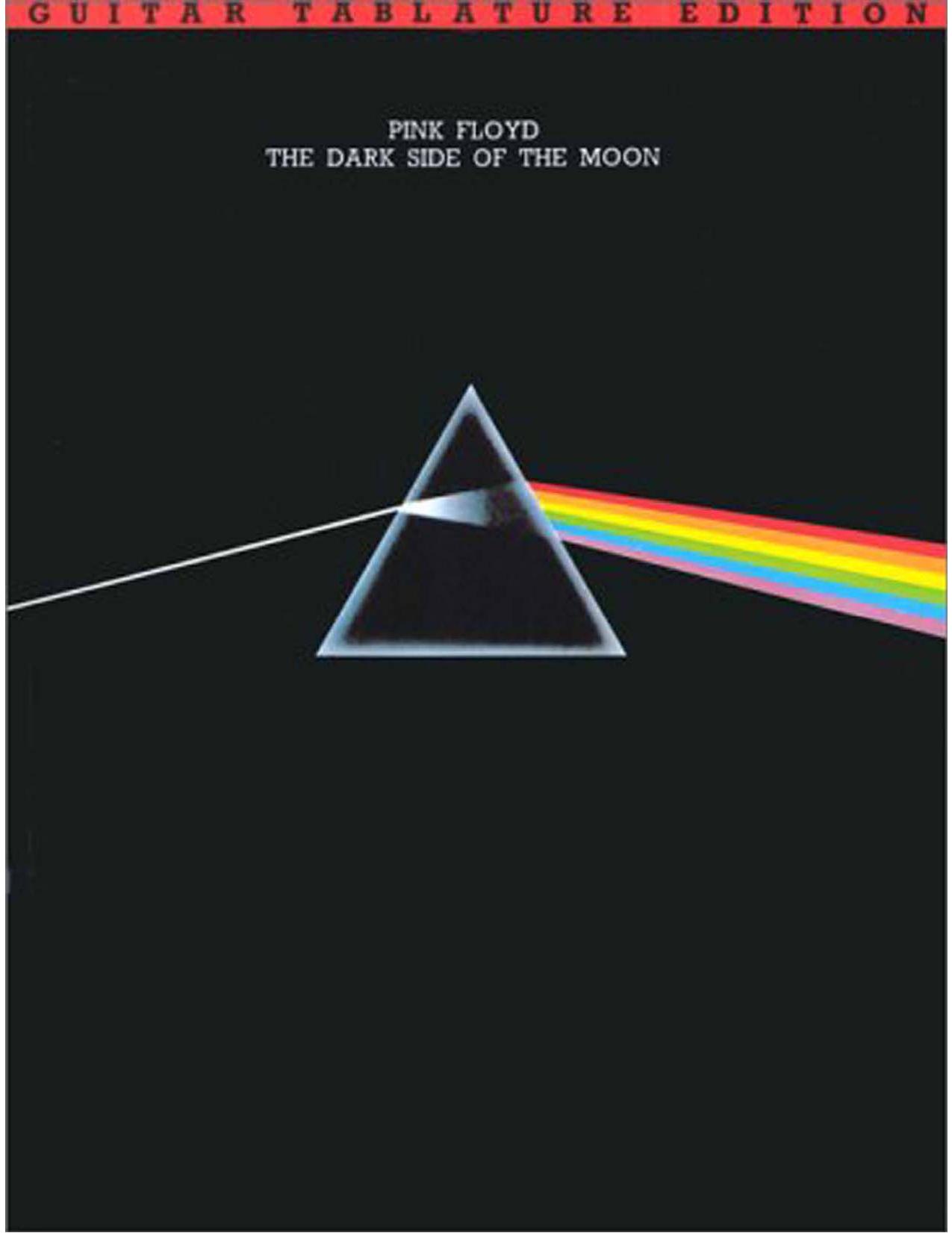



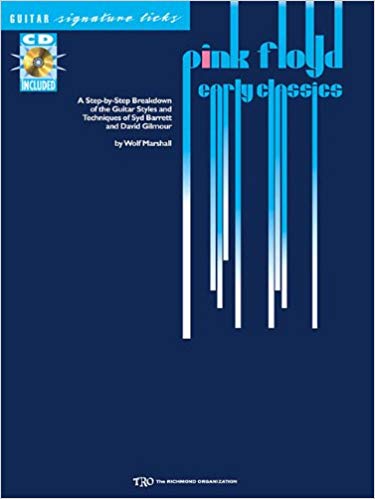
Later Years and Disbandment (1980–2014)
Internal tensions led to Wright’s temporary departure and Waters leaving in 1985. Gilmour, Mason, and Wright continued as Pink Floyd, releasing A Momentary Lapse of Reason (1987) and The Division Bell (1994). A one-off reunion occurred at Live 8 (2005), but Wright’s death in 2008 and Barrett’s in 2006 marked the end of an era.
Musical Style and Innovations
Pink Floyd’s music is characterized by:
- Psychedelic and Progressive Rock: Extended compositions, unconventional song structures (“Shine On You Crazy Diamond”).
- Ambient and Experimental Sounds: Use of synthesizers, tape loops, and sound effects (“On the Run”).
- Concept Albums: Thematic storytelling across entire records (The Wall, The Dark Side of the Moon).
- Lyrical Depth: Themes of mental illness, war, greed, and human alienation.
Their live performances were revolutionary, incorporating quadraphonic sound, elaborate visuals, and theatrics (e.g., The Wall’s giant inflatable puppets).
Influences and Inspirations
Pink Floyd drew from diverse sources:
- Jazz & Blues: Miles Davis, Howlin’ Wolf.
- Avant-Garde Composers: Karlheinz Stockhausen.
- Rock Pioneers: The Beatles (especially Sgt. Pepper), Bob Dylan.
- Literature & Philosophy: George Orwell (Animals), existentialist themes.
They, in turn, influenced countless artists, including Radiohead, Tool, and David Bowie.
Legacy and Impact
- Commercial Success: Over 250 million records sold.
- Cultural Influence: The Dark Side of the Moon spent over 950 weeks on the Billboard charts.
- Technological Pioneers: Early adopters of surround sound, synthesizers, and multimedia concerts.
- Enduring Relevance: Their music remains a touchstone for progressive and alternative rock.
Major Works and Discography
Studio Albums
- The Piper at the Gates of Dawn (1967) – Psychedelic rock masterpiece led by Barrett.
- The Dark Side of the Moon (1973) – A sonic and philosophical landmark.
- Wish You Were Here (1975) – Tribute to Barrett, featuring “Shine On You Crazy Diamond.”
- Animals (1977) – A critique of capitalism, inspired by Orwell’s Animal Farm.
- The Wall (1979) – Rock opera exploring isolation and tyranny.
- The Division Bell (1994) – Gilmour-led return to form.
Live Albums
- Ummagumma (1969) – Half studio, half live.
- Pulse (1995) – Features The Dark Side of the Moon in full.
Compilations & Box Sets
- Echoes: The Best of Pink Floyd (2001)
- The Early Years (2016) – Rare recordings from 1965–1972.
Filmography
- Pink Floyd: Live at Pompeii (1972) – A concert film in an ancient Roman amphitheater.
- The Wall (1982) – Alan Parker’s film adaptation starring Bob Geldof.
- Pink Floyd: The Making of The Dark Side of the Moon (2003) – Documentary.
Key Musicians
- Syd Barrett – Founding member, early creative force.
- Roger Waters – Primary lyricist and conceptual leader (1968–1985).
- David Gilmour – Lead guitarist and vocalist, shaped their melodic sound.
- Richard Wright – Keyboardist, crucial to their atmospheric textures.
- Nick Mason – Drummer, the only constant member throughout their career.
Iconic Songs and Videos
- “Comfortably Numb” (The Wall, 1979) – Gilmour’s legendary guitar solo.
- “Wish You Were Here” (Wish You Were Here, 1975) – Acoustic tribute to Barrett.
- “Money” (The Dark Side of the Moon, 1973) – Innovative 7/4 time signature.
- “Another Brick in the Wall, Pt. 2” (The Wall, 1979) – Anti-authoritarian anthem.
So….?
Pink Floyd’s music is a journey through sound, emotion, and intellect. From Syd Barrett’s psychedelic visions to Roger Waters’ socio-political critiques and David Gilmour’s soaring guitar work, their legacy endures. They remain a benchmark for artistic ambition in rock music, inspiring generations of musicians and fans alike.
Whether through The Dark Side of the Moon’s timeless production or The Wall’s theatrical grandeur, Pink Floyd’s work continues to resonate, proving that great music transcends time.
Browse in the Library:
Or browse in the categories menus & download the Library Catalog PDF:
Pink Floyd the pioneers
Pink Floyd were pioneers in multiple aspects of music, technology, and performance, fundamentally reshaping rock and popular culture. Here’s a detailed breakdown of why they stand as true innovators:
1. Sonic Experimentation & Studio Innovation
Pink Floyd pushed the boundaries of recording technology, using the studio itself as an instrument. Key innovations include:
- Tape Loops & Sampling: One of the first rock bands to manipulate tape loops (e.g., the clocks in “Time”, the cash registers in “Money”).
- Synthesizers & Effects: Early adopters of the EMS VCS 3 and Moog synthesizers, creating otherworldly sounds (“On the Run”, “Welcome to the Machine”).
- Quadraphonic Sound: They pioneered surround-sound techniques in live shows and albums (The Dark Side of the Moon was mixed for quadraphonic playback).
- Ambient Textures: Their use of reverb, delay, and panning created immersive soundscapes (“Echoes”, “Shine On You Crazy Diamond”).
2. Concept Albums as Art
They elevated the album format into a cohesive artistic statement:
- Thematic Depth: The Dark Side of the Moon (1973) explored madness, greed, and mortality, while The Wall (1979) wove a narrative of isolation and fascism.
- Non-Linear Storytelling: Wish You Were Here (1975) critiqued the music industry, and Animals (1977) used Orwellian allegory to attack capitalism.
- Seamless Transitions: Tracks flowed into one another (“Speak to Me” into “Breathe”), creating a cinematic listening experience.
3. Revolutionary Live Performances
Their concerts were multimedia spectacles, setting standards for modern shows:
- Visual Art & Light Shows: Collaborated with designers like Storm Thorgerson (Hipgnosis) and used projections, lasers, and pyrotechnics.
- Theatricality: The Wall tour (1980–81) featured a literal wall built between the band and audience, symbolizing alienation.
- Surround Sound: Early use of quadraphonic systems made audiences feel “inside” the music.
4. Lyrical and Philosophical Depth
Unlike most rock bands of their era, Pink Floyd tackled existential and political themes:
- Mental Health: Syd Barrett’s breakdown influenced “Wish You Were Here” and “Shine On You Crazy Diamond.”
- Anti-War Messaging: “Us and Them” critiqued conflict, while “The Post War Dream” (from The Final Cut) addressed Cold War anxieties.
- Social Critique: Animals compared humans to pigs, dogs, and sheep under capitalist oppression.
5. Influence on Music Genres
Their innovations paved the way for:
- Progressive Rock: Bands like Yes, Genesis, and Tool cite Floyd’s epic compositions as inspiration.
- Post-Rock & Ambient: Artists like Radiohead and Sigur Rós emulate their atmospheric layers.
- Electronic Music: Their use of synthesizers and sampling prefigured genres like ambient and trip-hop.
6. Technical Firsts
- Early Music Videos: “Arnold Layne” (1967) and “Interstellar Overdrive” predated MTV’s era.
- Album Art as Iconography: The Dark Side of the Moon prism and Animals’ floating pig became cultural symbols.
- Sound Engineering: Engineer Alan Parsons’ work on Dark Side set new standards for production.
Why They Stand Alone
While contemporaries like The Beatles and Led Zeppelin explored similar territories, Pink Floyd merged avant-garde experimentation with mass appeal. They proved that rock music could be intellectually challenging, emotionally profound, and commercially successful—all while redefining what a “band” could be.
Legacy Example: The Dark Side of the Moon remained on the Billboard charts for 958 weeks (over 18 years), a record unmatched by almost any other album.
Pink Floyd’s guitar Technique
Pink Floyd’s guitar work—primarily shaped by Syd Barrett, David Gilmour, and, to a lesser extent, Roger Waters—revolutionized rock by blending emotion, minimalism, and technical innovation. Here’s a breakdown of their pioneering techniques:
1. David Gilmour’s Signature Style
Gilmour’s playing became the soul of Pink Floyd, defined by:
A. “Less is More” Philosophy
- Sustained Notes & Space: Instead of shredding, Gilmour used long, singing sustain (e.g., “Comfortably Numb” solo) to create emotional weight.
- Bend Mastery: His precise, vocal-like bends (e.g., the “Money” solo) mimicked human cries, using whole-step bends and microtonal inflections.
- Economy of Notes: Solos like “Time” say more with 10 notes than others do with 100.
B. Unconventional Scales & Modes
- Mixolydian Mode: Gave solos a bittersweet edge (“Shine On You Crazy Diamond”).
- Minor Pentatonic with Extensions: Added 4ths and 9ths for haunting textures (“Dogs”).
- Dorian Mode: Used in “Breathe” for a floating, unresolved feel.
C. Effects & Signal Chain Innovations
- Big Muff Pi Fuzz: The roaring sustain on “Animals” (e.g., “Pigs (Three Different Ones)”).
- Delay/Echo: Tape delays (Binson Echorec) created cascading layers (“Echoes”, “Run Like Hell”).
- Univibe & Rotating Speakers: Psychedelic wobble in “Breathe” and “Any Colour You Like.”
2. Syd Barrett’s Psychedelic Chaos
Before Gilmour, Barrett’s playing was raw and unpredictable:
- Dissonant Chords: Used minor 2nds and tritones to create unease (“Interstellar Overdrive”).
- Slide Guitar Freakouts: Played a Zippo lighter as a slide (“Pow R. Toc H.”).
- Alternate Tunings: Dropped D and open tunings on “The Piper at the Gates of Dawn.”
3. Roger Waters’ Textural Approach
Though not a lead player, Waters contributed:
- Rhythmic Minimalism: Repetitive, driving bass lines (“One of These Days”) acted as a rhythmic anchor.
- Precision Over Flash: His bass in “Money” (7/4 time) and “Hey You” locked in with Mason’s drums to create hypnotic grooves.
4. Groundbreaking Recording Techniques
- Doubling Solos: Gilmour often recorded multiple takes and layered them (“Comfortably Numb” has two simultaneous solos).
- Reverse Guitar: Tape manipulation on “Interstellar Overdrive” and “A Saucerful of Secrets.”
- Acoustic/Electric Blending: “Wish You Were Here” combines fingerpicked acoustics with electric leads.
5. Legacy & Influence
Gilmour’s style shaped:
- Prog Rock: Steve Rothery (Marillion), Alex Lifeson (Rush).
- Alternative Guitarists: The Edge (U2), Johnny Greenwood (Radiohead).
- Modern Blues-Rock: John Mayer cites Gilmour’s bends as a key influence.
Iconic Solos to Study:
- “Comfortably Numb” (Pulse Live, 1994) – The pinnacle of emotive soloing.
- “Time” (Studio Version) – A masterclass in phrasing.
- “Dogs” (Animals, 1977) – 17 minutes of guitar storytelling.
Why Their Techniques Still Matter
Pink Floyd’s guitar work wasn’t about speed—it was about mood, space, and narrative. Gilmour proved that a single note, bent with perfect vibrato, could carry more power than a hundred notes played fast.
Fun Fact: Gilmour’s “Comfortably Numb” solo was ranked #1 in Guitar World’s “Greatest Solos of All Time” poll.
Pink Floyd: Live at Pompeii (1972) – The Definitive Guide
Pink Floyd’s Live at Pompeii (1972) is one of the most legendary concert films in rock history. Shot in the ancient Roman amphitheater of Pompeii, Italy, the film captures the band at their creative peak—performing without an audience, surrounded by ruins, and pushing the boundaries of music and visuals.
Background & Production
- Director: Adrian Maben
- Filming Dates: October 4–7, 1971 (original version)
- Location: Amphitheatre of Pompeii, Italy (a 2,000-year-old Roman ruin)
- Unique Aspect: No live audience—just the band, their equipment, and the haunting emptiness of Pompeii.
Why Pompeii?
- The director wanted an “anti-Woodstock” setting—no crowd, just pure music in a surreal, desolate landscape.
- The volcanic ruins (destroyed by Mt. Vesuvius in 79 AD) mirrored Pink Floyd’s themes of time, decay, and isolation.
The Music: Performance & Setlist
The film features early Floyd at their most experimental, blending Meddle and Dark Side of the Moon-era material.
Original 1972 Cut (No Audience, No Interviews)
- “Echoes” (Full 23-minute version) – The centerpiece, with its whale-like guitar sounds and hypnotic groove.
- “A Saucerful of Secrets” – A chaotic, avant-garde masterpiece.
- “One of These Days” – A menacing instrumental with Nick Mason’s distorted vocal.
- “Careful with That Axe, Eugene” – A terrifying, whisper-to-scream freakout.
- “Set the Controls for the Heart of the Sun” – Hypnotic, Eastern-tinged psychedelia.
- “Mademoiselle Nobs” (aka “Seamus”) – A bluesy jam featuring a howling dog.
1974 Re-Release (Added Studio Footage)
Later versions included:
- Behind-the-scenes studio recordings of The Dark Side of the Moon.
- Interviews with the band (rare glimpses into their creative process).
Groundbreaking Aspects
1. Cinematic & Visual Innovation
- No Crowd, Just Atmosphere: The empty amphitheater created an eerie, almost sci-fi vibe.
- Surreal Imagery: Slow-motion shots of the band, volcanic ash, and Roman statues.
- Early Music Video Aesthetic: Predated MTV by a decade.
2. Sonic Perfection
- Acoustic Brilliance: The amphitheater’s natural reverb enhanced the music.
- Quadraphonic Sound Test: Some versions were mixed in early surround sound.
3. A Band in Transition
- Post-Barrett, Pre-Dark Side: Captures Floyd moving from psychedelia (“Echoes”) to progressive rock.
- Improvisational Magic: Extended jams (especially “Careful with That Axe, Eugene”) show their live prowess.
Legacy & Influence
- Cult Classic: Considered one of the greatest concert films ever.
- Inspiration for Later Artists:
- Radiohead cited it as an influence for their “From the Basement” sessions.
- Tool’s apocalyptic visuals owe a debt to Pompeii’s aesthetic.
- Restorations & Reissues:
- 2016 Director’s Cut: Remastered in 4K with additional footage.
- Vinyl & Blu-ray Releases: Keeps the film alive for new generations.
Must-Watch Moments
- “Echoes” Live at Pompeii (1971) – The definitive version of this epic.
- “Careful with That Axe, Eugene” – Roger Waters’ blood-curdling scream in the ruins.
- “One of These Days” – Nick Mason’s menacing bass drum and delay-heavy bass.
Why It Still Matters
Live at Pompeii is more than a concert film—it’s a time capsule of Pink Floyd’s genius, blending music, history, and cinema into something timeless.
Fun Fact: The band initially hated the idea of playing without an audience but later called it one of their best performances.
